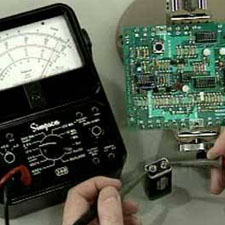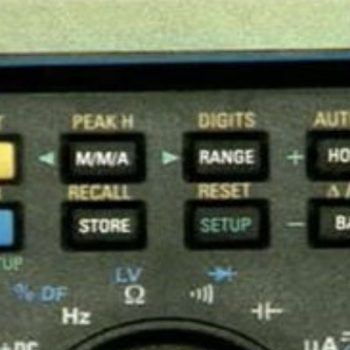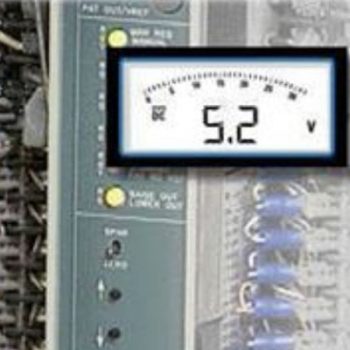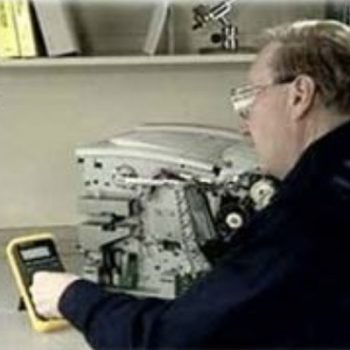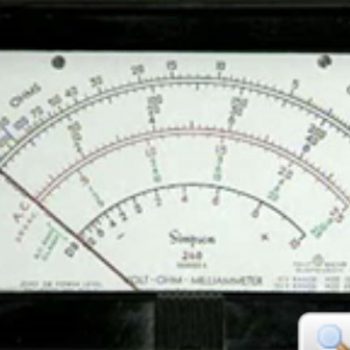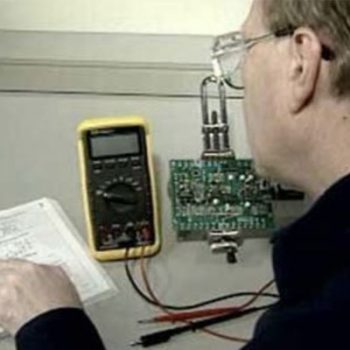Subtotal: $0.00
Multimeters
Overview
This course consists of five modules designed to provide training for persons working with electrical or electronic test equipment. These lessons demonstrate and explain how to use both a digital and an analog multimeter. During these lessons, voltage, resistance, current, capacitance, and frequency are measured. The final lesson also describes some of the more common features of a digital multimeter.
Objectives
- Identify and describe the display area of a digital multimeter.
- Identify and describe the function switch on a digital multimeter.
- Identify and describe the leads/jacks on a digital multimeter.
- Adjust the mechanical zero of an analog multimeter.
- Interpret a reading on the voltage scale of an analog multimeter.
- Interpret a reading on the resistance scale of an analog multimeter.
- Given an expected measurement, set the function and range switches of an analog multimeter.
- Adjust the zero on the ohms scale of an analog multimeter.
- Identify the steps in inspecting a multimeter.
- List the steps you should take before using a multimeter.
- Define continuity and perform a continuity check.
- Use a multimeter to measure resistance.
- Measure AC voltage using a multimeter.
- Measure DC voltage using a multimeter.
- Use a multimeter to measure current.
- Use a multimeter to measure frequency.
- Use a multimeter to measure capacitance.
- Describe and use the hold button on a digital multimeter.
- Describe and use the relative button on a digital multimeter.
- Describe and use the range button on a digital multimeter.
- Describe and use the min/max button on a digital multimeter.
- Explain when the shift button is used.
Modules
Showing all 5 results

